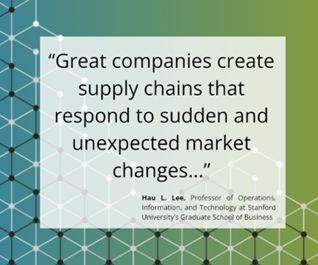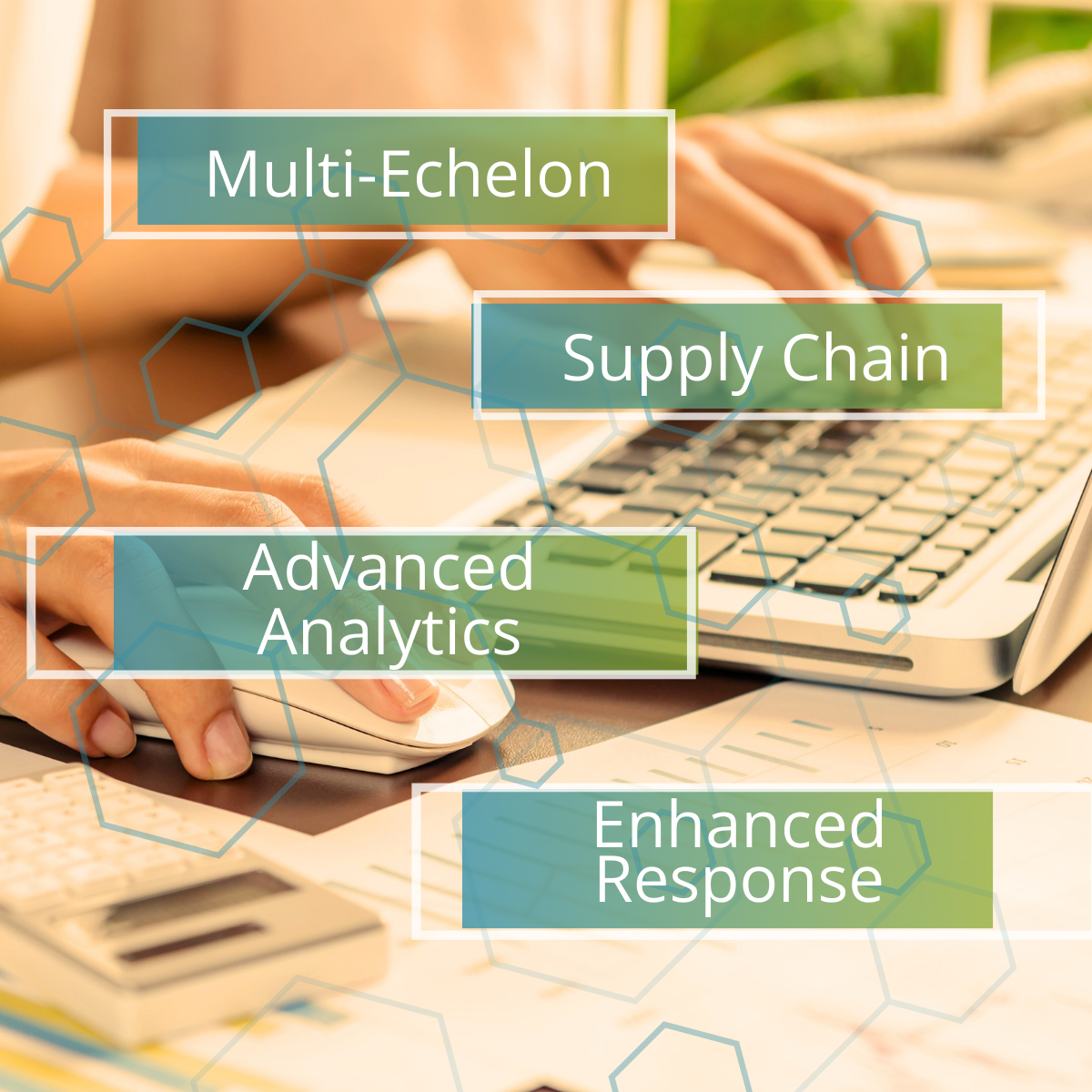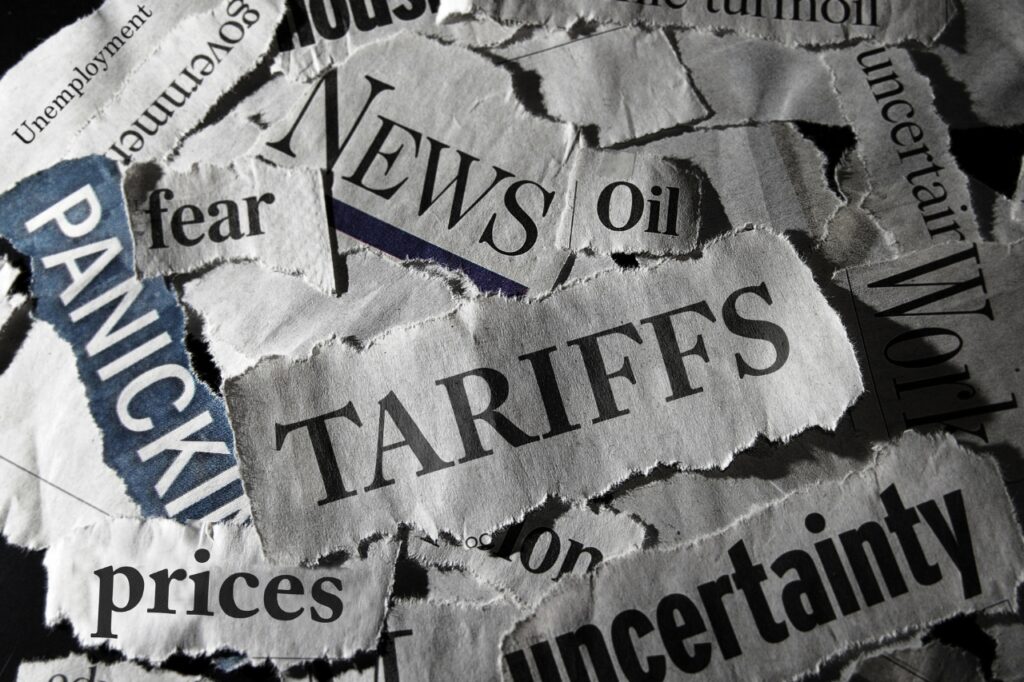Managing inventory efficiently is more challenging and crucial than ever in today’s VUCA Environment.
Multi-echelon Inventory Optimization (MEIO) has emerged as a critical strategy for businesses looking to enhance their supply chain management. This comprehensive guide dives into the concept of MEIO, how it differs from traditional Inventory Optimization (IO), and why it’s becoming increasingly relevant for modern businesses.
What is Multi-Echelon Inventory Optimization?
MEIO, or Multi-Echelon Inventory Optimization, represents a significant advancement in inventory management.
MEIO considers multiple levels and locations (or nodes) within the supply chain network to account for the complexities of modern supply chains. Unlike traditional inventory optimization methods, MEIO doesn’t focus on optimizing inventory at a single point or echelon; it extends its reach across various stages and locations of the supply chain.

MEIO is a comprehensive strategy crucial for businesses navigating the intricacies of modern supply chain planning. These supply chains are often characterized by interconnected nodes, ranging from manufacturers and warehouses to distribution centers and retail outlets. MEIO’s capability to simultaneously optimize inventory at each of these nodes allows for a more synchronized and efficient supply chain operation, identifying and addressing “weak links” in your supply chain
The value of MEIO is particularly advantageous in environments with unpredictable demand patterns, particularly in industries where consumer preferences, market trends, technological advancements, and external factors significantly influence demand. Traditional inventory methods struggle to keep pace with rapid change, leading to excess or stockouts.
With its all-encompassing approach, GAINS uses advanced algorithms, analytics, and “better math” to forecast demand more accurately and adjust inventory levels across the entire supply chain network accordingly. This makes the GAINS MEIO solution an indispensable tool for companies looking to optimize their inventory management practices, reduce costs, and improve overall efficiency.
Inventory Optimization (IO) vs. MEIO
While MEIO and IO are crucial approaches in supply chain management, they differ significantly in their scope and application. Understanding these differences is essential for businesses implementing the most effective inventory management strategy. The main difference between traditional Inventory Optimization and MEIO is their scope and complexity.
“Traditional” Inventory Optimization
- Single Point Focus: Traditional IO typically optimizes inventory at a single echelon or point in the supply chain, such as a warehouse, a distribution center, or a retail outlet.
- Independent Optimization: Each node or echelon in the supply chain is optimized independently in isolation. The focus is on managing each location’s inventory levels to meet the expected demand for that specific point.
- Simpler Models: IO generally uses simpler mathematical models and forecasting techniques. These models often consider historical sales data and fundamental trend analysis to forecast future demand.
- Limited Scope for Complexity: IO is usually more suitable for simpler supply chains with fewer tiers and less complexity. It works well in environments where demand patterns are relatively stable and predictable.
Multi-Echelon Inventory Optimization (MEIO)
- Holistic Supply Chain View: MEIO considers multiple levels or “echelons” of the supply chain simultaneously. This includes manufacturers, warehouses, distribution centers, retailers, etc., considering the interdependencies between each level.
- Concurrent Optimization Across Nodes: Unlike IO, MEIO optimizes inventory across all nodes and tiers of the supply chain concurrently. This integrated approach considers the impact of inventory decisions at one echelon on the others.
- Advanced Analytical Models: MEIO uses more sophisticated algorithms and analytics, often incorporating complex demand patterns and machine learning to optimize inventory levels. These models are designed to handle variability and uncertainty more effectively.
- Suitable for Complex Environments: MEIO is particularly beneficial for complex, global supply chains with multiple products and varying demand patterns. It effectively manages the challenges of interconnected supply chain networks, where changes at one level can significantly impact others.
- Enhanced Visibility and Responsiveness: MEIO provides greater visibility across the entire supply chain, enabling businesses to respond more swiftly to change. This visibility allows for more informed decision-making and better anticipation of potential disruptions.
- Strategic Inventory Placement: MEIO strategically identifies the optimal inventory level across your supply chain, determining optimal ‘decoupling points’ where inventory should be held to maximize service levels and minimize costs.
While traditional IO is effective for simpler supply chains with stable demand, MEIO offers a more comprehensive and integrated approach suitable for complex, multi-tiered supply chains facing variable demand. MEIO’s ability to consider the interconnected nature of modern supply chains makes it a crucial tool for businesses looking to optimize their inventory holistically and dynamically. MEIO offers a comprehensive solution that optimizes inventory across the entire value chain.
Why More Businesses Are Switching to MEIO
Driven by the pressing need for more efficient, intelligent, and adaptable inventory strategies, businesses increasingly turn to Multi-Echelon Inventory Optimization (MEIO) to navigate the complexities of modern inventory demands. In his Harvard Business Review Article “The Triple-A Supply Chain,” Hau L. Lee, Professor of Operations, Information, and Technology at Stanford University’s Graduate School of Business, said, “Great companies create supply chains that respond to sudden and unexpected market changes. Agility is critical because, in most industries, both demand and supply fluctuate more rapidly and widely than they used to.” MEIO stands out as a robust solution that addresses several critical business challenges, offering substantial advantages over traditional methods.

MEIO is becoming an indispensable tool for companies looking to optimize their operations for the future.
- Improve EBITDA: Strategically balancing inventory across the supply chain reduces the costs associated with excess inventory, leading to significant savings.
- Improve Customer Fill Rate: Advanced forecasting and distribution strategies ensure that your service level and customer demand are accurately met, enhancing customer satisfaction.
- Enhanced Supply Chain Visibility: MEIO provides unparalleled visibility across all supply chain echelons, allowing for informed decision-making and proactive management.
- Improve Resiliency: The agility afforded by MEIO enables businesses to quickly adapt to market trends and demand fluctuations, maintaining a competitive edge.
When Should Multi-Echelon Inventory Be Considered?
Adopting MEIO becomes particularly crucial when the goal is to achieve seamless operations and uphold service standards in the face of continual uncertainty. MEIO is vital for organizations that strive to efficiently manage inventory across dispersed locations and seek a cohesive approach to supply chain management.
How to Implement MEIO
Our P3 methodology emphasizes continuous improvement and optimization, ensuring that the solution evolves and adapts to meet the changing demands of the client’s supply chain.
Rapid Results through P3 Methodology
GAINS begins by comprehensively analyzing your supply chain and identifying key areas where our solutions make the most impact. We then start a phased structured rollout, prioritizing processes and decisions focused on delivering maximum value.
Easy On-boarding Process
GAINS UI is user-friendly and does not require extensive technical expertise. GAINS also offers training through GAINS University. This approach makes the solution accessible to all employees regardless of experience.
Continuous Optimization
GAINS’ platform, which leverages machine learning, heuristics, and AI-driven optimization, would be applied to continuously monitor and improve decision performance.
Ready for MEIO?
Ready to Embrace MEIO for Your Business? MEIO brings a comprehensive and integrated approach, allowing for the synchronization of inventory levels across all tiers of your supply chain. More than just maintaining adequate stock, it’s about creating an agile supply chain to respond swiftly and efficiently to market demands and customer needs in uncertain times. It is more than just a decision to upgrade your inventory management system. It is a company-wide commitment to continuous improvement.
As you consider MEIO, reflect on the following:
- Determine the complexity of your current supply chain and if MEIO aligns with your business needs.
- Evaluate the data integration capabilities of your existing systems and their compatibility with advanced MEIO solutions (GAINS Connect).
- Review and adjust your operating model to align your organizational structure with MEIO decision-making requirements.
- Consider your team’s training and onboarding process to ensure a smooth transition to a MEIO-driven approach.
Embracing MEIO is embracing a future of more innovative, more responsive, and more efficient inventory management. By taking these initial steps, you position your business to keep pace with and proactively respond to the evolving demands of the global supply chain landscape.
Regardless of size, MEIO with GAINS can help your business manage your supply chain more effectively, ensuring you’re always one step ahead in meeting customer demand and adapting to market changes.

Contact GAINS today to begin exploring the world of MEIO. Let us help you navigate your options and chart a path toward a more dynamic, responsive, and robust supply chain. If you’re ready to explore MEIO for your business, it’s time to evaluate your options and take the first steps toward a more efficient and resilient supply chain. Our team is dedicated to guiding you through every stage of your journey. From assessing your current supply chain complexities to selecting the suitable MEIO model that fits your specific business needs, we are here to provide expert advice and support.
Additional Resources
Blog: Can We Please Stop Using “New Normal” by Jeff Metersky
Blog: Why GAINS is the Ideal Partner for Your Supply Chain Integration Project



